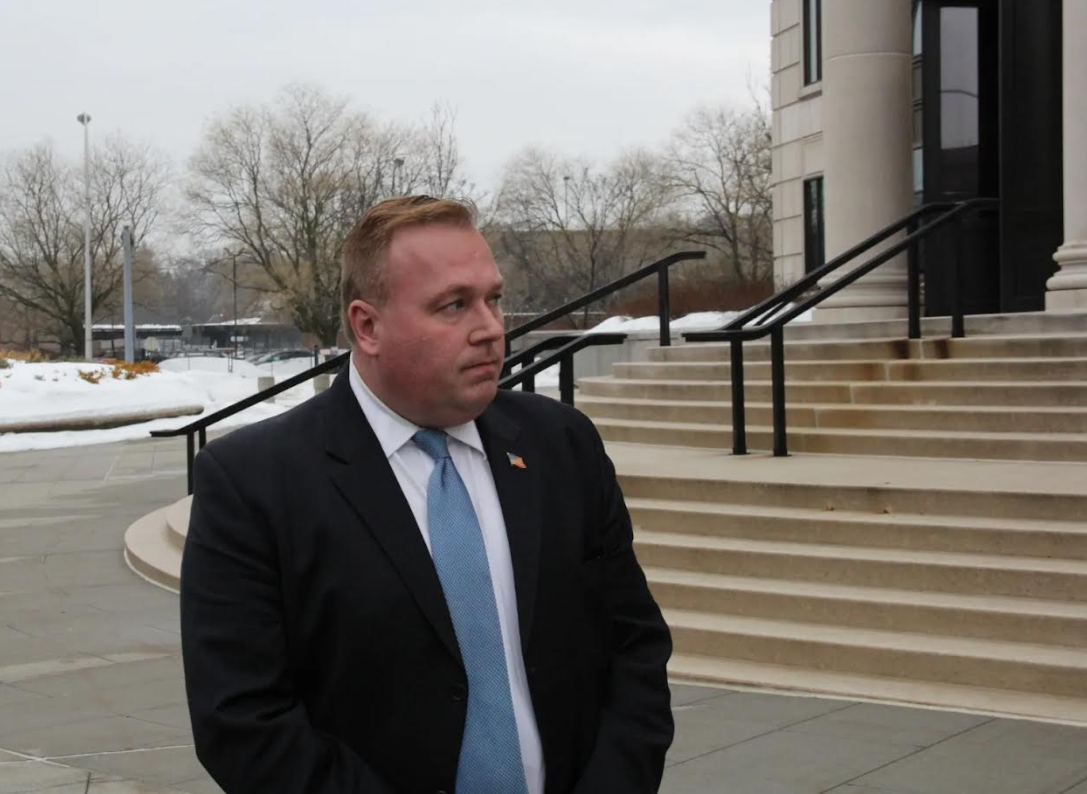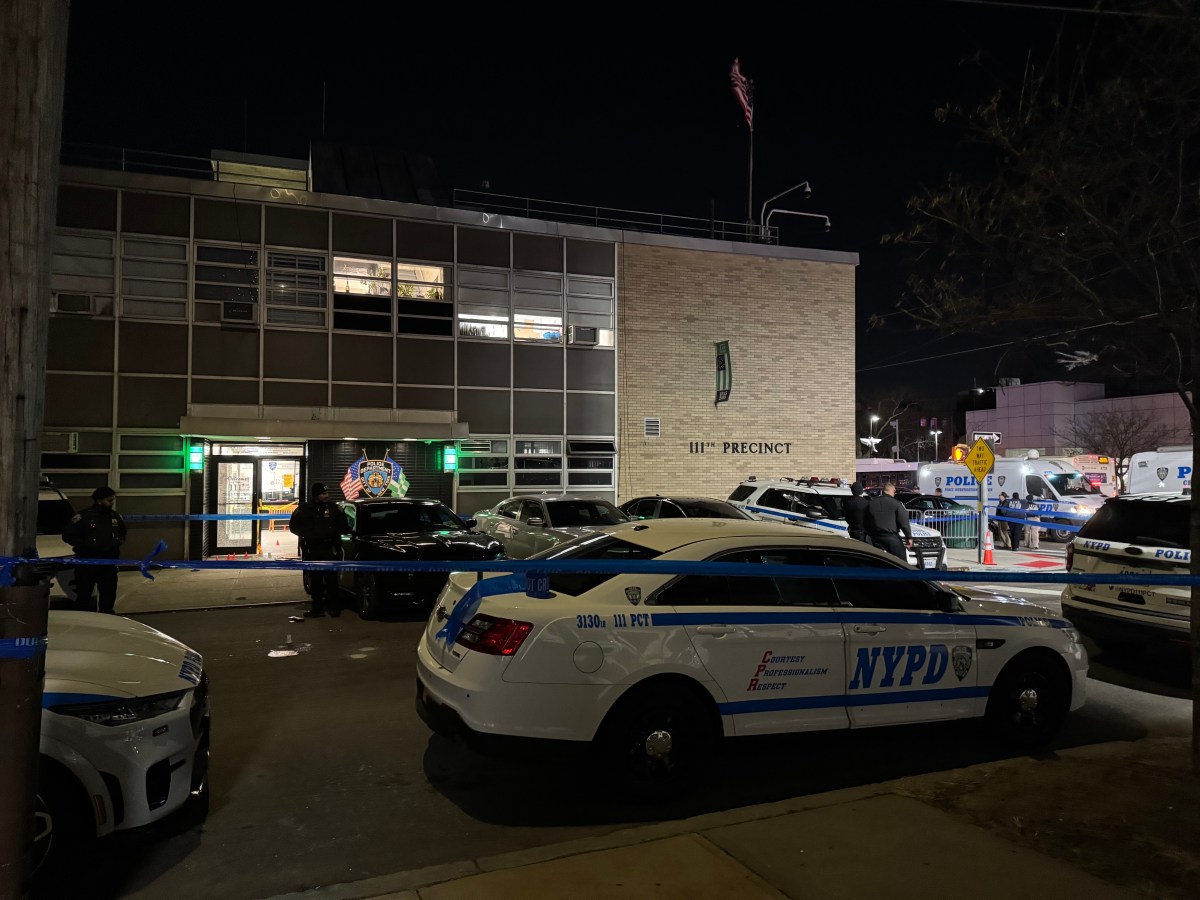
Formula E is growing. Quickly. True, the all-electric racing series is young, finishing up its fifth season this weekend in Red Hook, so theoretically the only direction is up. But established motorsports aren’t seeing the steep uptick the E-Prix is.
And these are metrics that matter. Attendance was up 50 percent in the 2017-18 season over its prior, according to Formula E, with races averaging more than 25,000 people per. TV viewership also boasts a serious rise, with a cumulative audience of 330 million for the 2017-18 season, up 100 million from the season prior and on pace to hit 400 million for the current.
The why behind this rapid acceleration can be summed up in one word for Mahindra Racing team principal Dilbagh Gill: relevance.
”It’s a lot more relevant to the audience today in terms of the format, the technology, etc., compared to other motorsport series,” he says.
Drivers concur: “Formula E is the most relevant form of motorsport in the world," Sam Bird, who’s driven with the same team, now called Envision Virgin Racing, since that inaugural 2014-15 season, he says.
Granted, mention ABB Formula E and you’re likely to get a sideways “What’s that?” head tilt. So let’s break that relevance down, from the all-important tech to why fans care.

Technology that trickles down
Cutting-edge EV tech is central to Formula E, and the advances don’t remain ensconced on the track. The number of car manufacturers participating in the series – more than for any other motorsport – is robust because the learnings are taken to commercial fleets. Audi, BMW, Mahindra & Mahindra, Nissan et al. – with Porsche and Mercedes slated to join next season – aren’t there just for the fun of it, although it is tons of fun. Formula E is a lab where they push software and hardware developments.
This season, for instance, saw a new McLaren battery in all the cars, a battery with a peak of 250kw and that can charge from zero to full in just 45 minutes. This means the new, futuristic-looking car that debuted in the fall can go a full race, compared with the previous four seasons when drivers had to pit to swap cars because the battery couldn’t last the entire time. Even with the increased power in the new battery, Gill says, it charges in about one-third of the time.
Mahindra, which has been part of the E-Prix series since the beginning, has what Gill describes as “a very good story of race to road.” Five years ago, the car maker had what he playfully calls “maybe the world’s slowest EV." Then, more recently, the company launched a new brand, Automobili Pininfarina, which developed a hypercar that utilizes "a lot of the technologies" hammered out in Formula E. It’ll do 0 to 62 mph (100 kilometers) in under 2 seconds.
Those technologies, in the pressure cooker of a racing series, have developed rapidly.
“On the hardware side, I cannot stress enough how incredible the rate of innovation has been. If you compare the cars from season one to the cars now, the only common point is that they are actually cars," Envision Virgin chief technology officer Sylvain Filippi says. “The power has doubled, the amount of energy in the battery has doubled.”

Fan favorites
The series is also focused on innovative ways to reach fans, “Because without our fans there wouldn’t be a sport,” notes Bird, who claims double wins in Brooklyn in 2017.
From the start, it’s employed Fanboost, which works like this: In the days leading up to a race, folks can vote for their favorite drivers, once per day, using social accounts. The five drivers leading the votes are announced during the race, and they get to use a boost of 25kw (translation: more horsepower) for a few seconds.
Attendees can also get closer to drivers than in most other series. While you wouldn’t have an opportunity to, say, meet Lewis Hamilton before a Formula 1 race, Formula E offers autograph sessions and the chance for post-race selfies by the podium.
Social media has also figured into the growth strategy; the series’ Youtube channel, for instance, is filled with quick explainers and race footage and highlights videos. Across all its social channels, combined video views, per Formula E, are 550 million for the 2017-18 season, a tenfold increase over the season prior.

“Fans of other forms of motorsport might feel a little bit more secluded and not there in the here and now within that day, within that team, but with so much social media being thrown out there, within Formula E a fan can feel like they’re literally here at the circuit with us,” Bird says, sitting behind his team’s garage in Red Hook on Wednesday.
With no pit stops needed this season, the championship added Attack Mode as a sort of replacement. To activate it, drivers navigate over strips on the road, generally losing a bit of time, then get a 25kw boost for four minutes (or roughly three laps). To date, drivers have needed to employ it twice per race, though that could change for races 12 and 13 in NYC.
Attendees to races all have access to the Allianz E-Village, which, in addition to those autograph queues, hosts the Gen2 Formula E car, driving simulators, and electric and hybrid vehicles from the likes of Porsche and Audi.
A grid “packed with talent”
Fans of any sport, well, they tend to like a good competition. And in this series no particular driver is a shoo-in to win.
“We have many, many manufacturers in this championship, so the competition and the racing is really hard here in Formula E,” says Mahindra driver Pascal Wehrlein, who entered the series this season after driving in Formula 1. “Here in Formula E, any team can win.”

Jean-Éric Vergne (DS Techeetah) currently leads the championship standings, and has three circuit wins this season. Lucas Di Grassi (Audi Sport ABT Schaeffler) has won two, and five other drivers, including Bird and Wehrlein’s teammate Jérôme D’Ambrosio, have one win.
“The quality within the teams and the drivers is, quite frankly, now it’s outrageous. And it’s only going to get harder and harder. You look at the grid and it’s just ram-packed with talent,” Bird says.
That excitement that the fans feel? The drivers feel it, too.
“It’s the best feeling, if you are doing well in this championship, you know you are doing a good job,” Wehrlein says. “Some other categories, you’re just racing against a teammate. And that’s a bit boring.”
"All about efficiency"
Electric batteries, of course, aren’t so good for carbon emissions if they’re powered by, say, coal. But Formula E regenerates them using glycerin (a sweetener in some foods).
Beyond the cars, championship regulations limit teams to just 20 people. Gill says he plans to push that further, whittling to a team of 18 for 2019-20, and 16 the next.
Twenty people "is a small team for such a championship,” Filippi notes. “It’s all about efficiency."
That efficiency includes focusing resources on what’s important – and away from what’s not. The cars, for instance, look the same beyond branding, but they’re hardly the same underneath.
"We don’t want to waste money and resources on aerodynamics and bodywork. It makes the car go faster, but the world doesn’t benefit in any way," Filippi says. "We focus all the energy on the powertrain, on what makes the car move."
It’s those under-the-hood improvements that travel from the raceway to, potentially, your garage.

IF YOU GO
What: ABB Formula E races 12 and 13
When: July 13 and 14; gates open at 7 a.m.
How much: $12-$390
More: fiaformulae.com
TEAMS & DRIVERS
Audi Sport ABT Schaeffler (Germany)
Daniel ABT (Germany) & Lucas Di Grassi (Brazil)
BMW i Andretti Motorsport (U.S.)
António Félix Da Costa (Portugal) & Alexander Sims (Britain)
DS Techeetah Formula E Team (China)
André Lotterer (Germany) & Jean-Éric Vergne (France)
Envision Virgin Racing (Britain)
Sam Bird (Britain) & Robin Frijns (Netherlands)
Geox Dragon (U.S.)
José María López (Argentina) & Maximilian Günther (Germany)
HWA Racelab (Germany)
Stoffel Vandoorne (Belgium) & Gary Paffett (Britain)
Mahindra Racing (India)
Jérôme D’Ambrosio (Belgium) & Pascal Wehrlein (Germany)
Nio Formula E Team (Britain)
Oliver Turvey (Britain) & Tom Dillman (France)
Nissan e.Dams (Japan)
Sébastien Buemi (Switzerland) & Oliver Rowland (Britain)
Panasonic Jaguar Racing (Britain)
Mitch Evans (New Zealand) & Alex Lynn (Britain)
Venturi Formula E Team (Indonesia)
Felipe Massa (Brazil) & Edoardo Mortara (Switzerland)


































